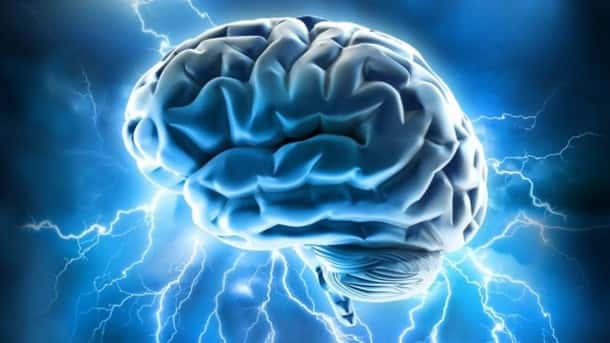Patients with anxiety disorders are characterized by excessive neural reactivity in the amygdala, which is normalized by effective treatment like cognitive behavior therapy (CBT). Mechanisms underlying the brain’s adaptation to anxiolytic treatments are likely related both to structural plasticity and functional response alterations, but multimodal neuroimaging studies addressing structure-function interactions are currently missing.
Methods
We examined treatment-related changes in brain structure (gray matter, GM volume) and brain function (blood-oxygen-level dependent, BOLD response to self-referential criticism) in 26 participants with social anxiety disorder randomized to either CBT or an attention bias modification control treatment. Also, 26 matched healthy controls were included to evaluate normalization after CBT.
Results
Significant Time ´ Treatment interactions were obtained in the amygdala, such that both GM volume and BOLD responsivity diminished after successful CBT. Before treatment initiation, amygdala GM volume correlated positively with anticipatory speech anxiety and CBT-induced reduction of amygdala GM volume (pre-post) correlated positively with reduced anticipatory anxiety after treatment. In addition, we observed greater pre-treatment amygdala neural responsivity in social anxiety participants compared to controls, and this elevated amygdala activation was absent after CBT treatment (ie., no amygdala response difference at post-treatment). Further, mediation analysis suggested that diminished amygdala GM volume mediated the relation between decreased neural responsivity to self-referential criticism and reduced social anxiety after CBT.
Conclusions
These results suggest that treatment-induced changes in amygdala volume, which correlated with decreased social anxiety symptoms, impact on amygdala neural responsiveness and could be an essential brain mechanism underlying effective psychological treatments.
Read the full paper:
Månsson, K. N. T., Salami, A., Frick, A., Carlbring, P., Andersson, G., Furmark, T., & Boraxbekk, C. J. (2016). Neuroplasticity in response to cognitive behavior therapy for social anxiety disorder. Translational Psychiatry, 6, e727. doi:10.1038/tp.2015.218

1 thought on “Neuroplasticity in Response to Cognitive Behavior Therapy for Social Anxiety Disorder”
Comments are closed.